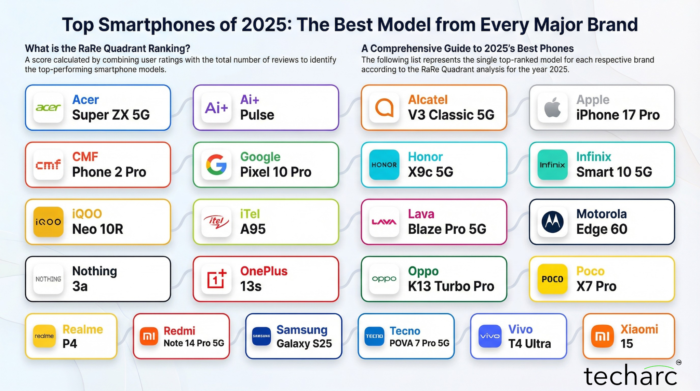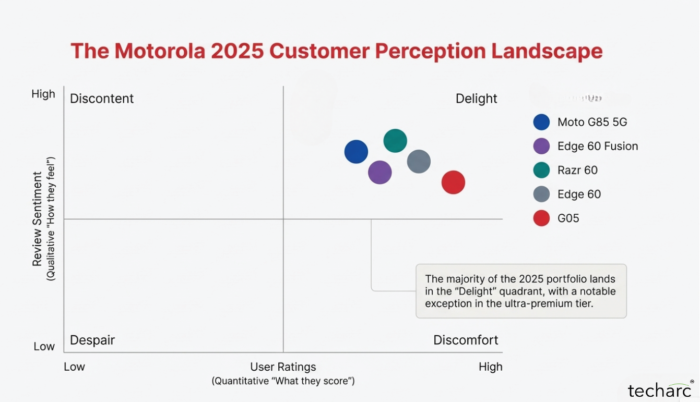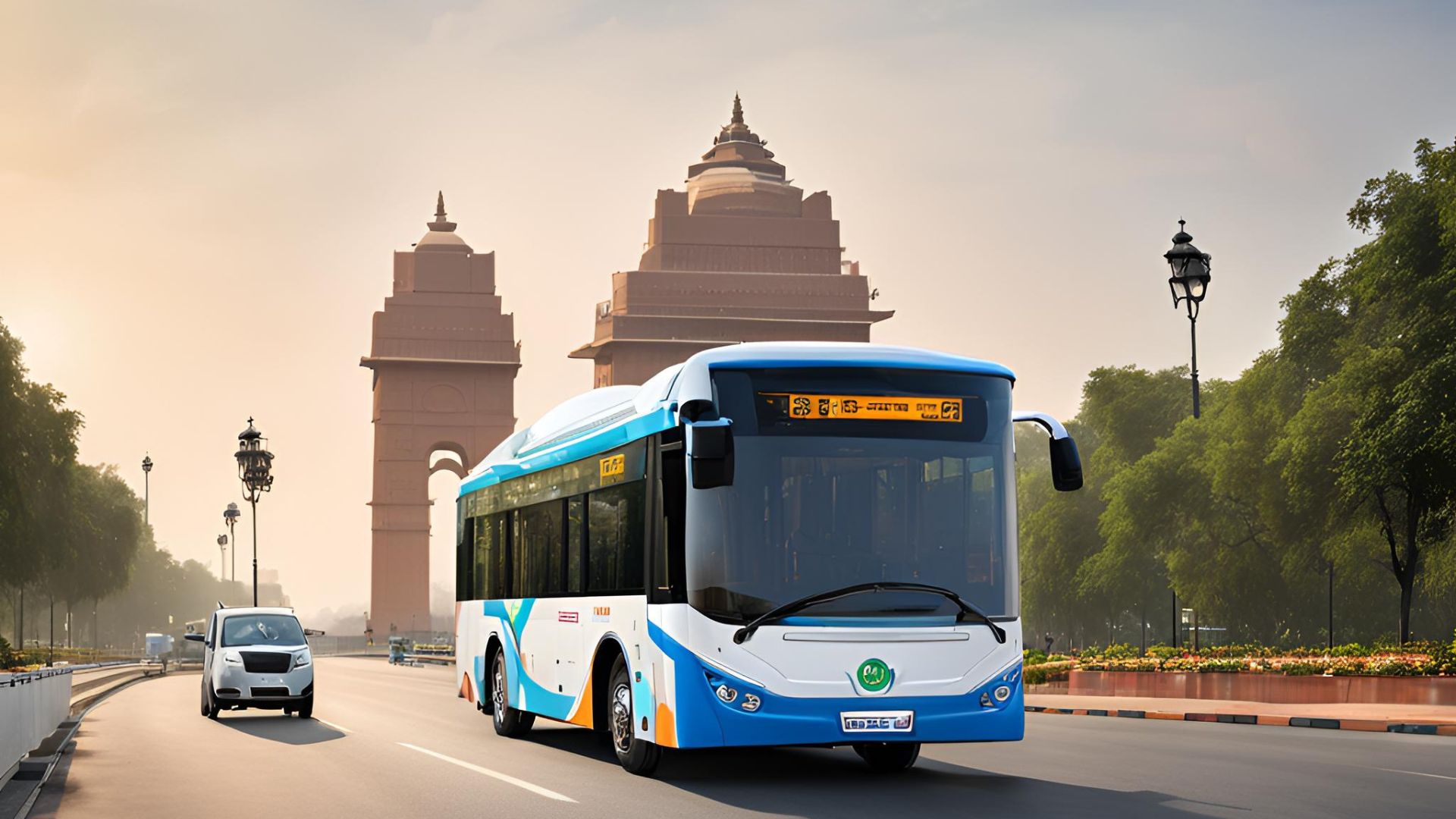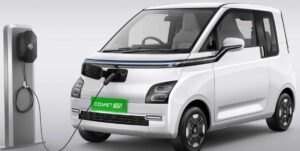The recently launched PM Electric Drive Revolution in Innovative Vehicle Enhancement (PM E-DRIVE) marks a crucial step in India’s journey towards widespread electric vehicle (EV) adoption, particularly in public transport. With an ambitious budget of ₹10,900 crore, this initiative aims to enhance India’s electric mobility, tackling both environmental challenges and the need for sustainable urban transport solutions.
Key Features of the PM E-DRIVE
The PM E-DRIVE scheme replaces the previous FAME (Faster Adoption and Manufacturing of Electric Vehicles) framework. It is designed to broaden access to electric mobility, focusing on vehicles like two-wheelers, three-wheelers, trucks, buses, and hybrid ambulances. Of the total budget, ₹4,391 crore is dedicated to the deployment of 14,028 electric buses in nine major cities with populations above 4 million, including Delhi, Mumbai, Kolkata, Chennai, Bangalore, Ahmedabad, Surat, Pune, and Hyderabad.
A significant element of this scheme is the plan to install 88,500 fast chargers across India by 2028-29, addressing the infrastructure gap that hinders EV adoption. Specifically, 1,800 fast chargers will be installed for e-buses, helping alleviate concerns about range and downtime. This infrastructure development is expected to boost public confidence in EV technology and encourage broader adoption.
Focus on Public Transport and E-Bus Adoption
India currently has approximately 2.3 million buses in operation, covering both public and private sectors. Of this total, only around 140,000 buses are operated by public transport authorities, revealing a significant gap in the availability of buses for the population. To meet the growing transport demands, India would ideally require about 3 million buses. This shortage is a key challenge that the PM E-DRIVE scheme aims to address.
By 2030, the Indian government plans to make significant strides toward increasing the number of electric buses. The goal is to replace approximately 800,000 diesel buses with electric ones, including:
- 200,000 electric buses for state transport undertakings (STUs)
- 550,000 electric buses for private operators
- 50,000 electric buses for school and employee transportation
This large-scale transition is a crucial component of India’s broader sustainability objectives, aiming to reduce reliance on fossil fuels and significantly cut carbon emissions.
This focus on electrifying public transport will not only decarbonize the sector but also improve urban air quality, particularly in congested cities. With schemes like PM E-DRIVE providing the necessary infrastructure and financial backing, India can position itself as a strong player in the global push for sustainable urban mobility.
PM e-Sewa Payment Security Mechanism and Financial Structure
The PM e-Sewa Payment Security Mechanism (PSM) is another initiative aimed at launching 38,000 electric buses under a Gross Cost Contract (GCC) model. This model allows private operators to own, operate, and maintain the electric buses, while the government or public authorities pay a fixed cost per kilometre. This removes the financial burden of upfront costs for public transport agencies and incentivizes private companies to improve efficiency. The GCC model, widely used in London’s Public Service Vehicle (PSV) fleet, is being adopted here to replicate its success.
The scheme also a public-private partnership, with 70% of the financing provided by banks and 30% by Original Equipment Manufacturers (OEMs). This financial structure is designed to stimulate investment in the EV sector, boost innovation, and create job opportunities in manufacturing, maintenance, and infrastructure development.
The PM E-DRIVE scheme represents a critical opportunity to accelerate the adoption of electric buses in India, addressing long-standing challenges like high costs and limited charging infrastructure. By focusing on electric public transport, India is taking a strong stance on reducing urban emissions and improving air quality. Success, however, will depend on effective implementation, private sector engagement, and timely infrastructure development. If executed well, PM E-DRIVE could transform India’s public transport system and set the stage for widespread electric mobility across the country.












